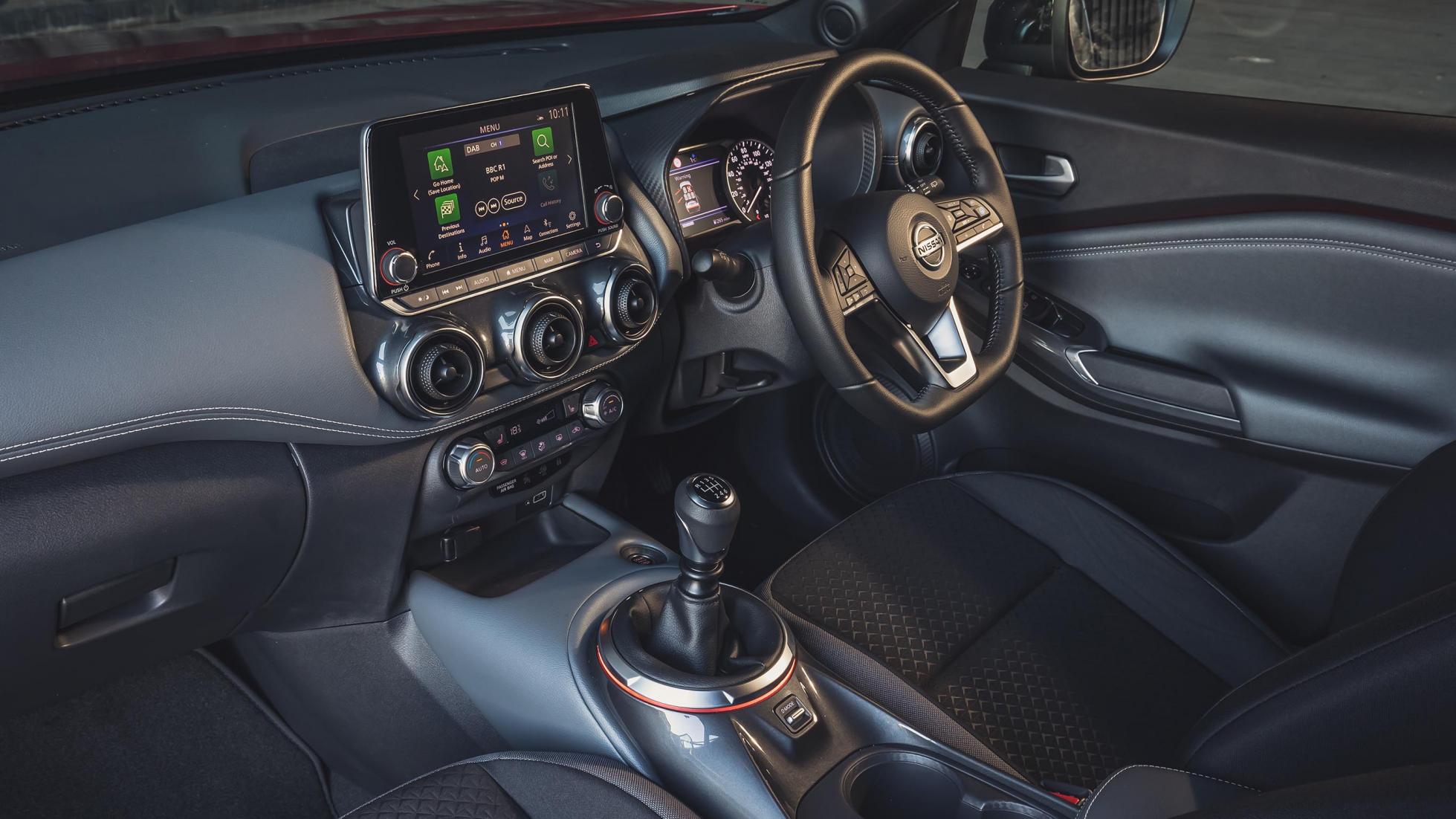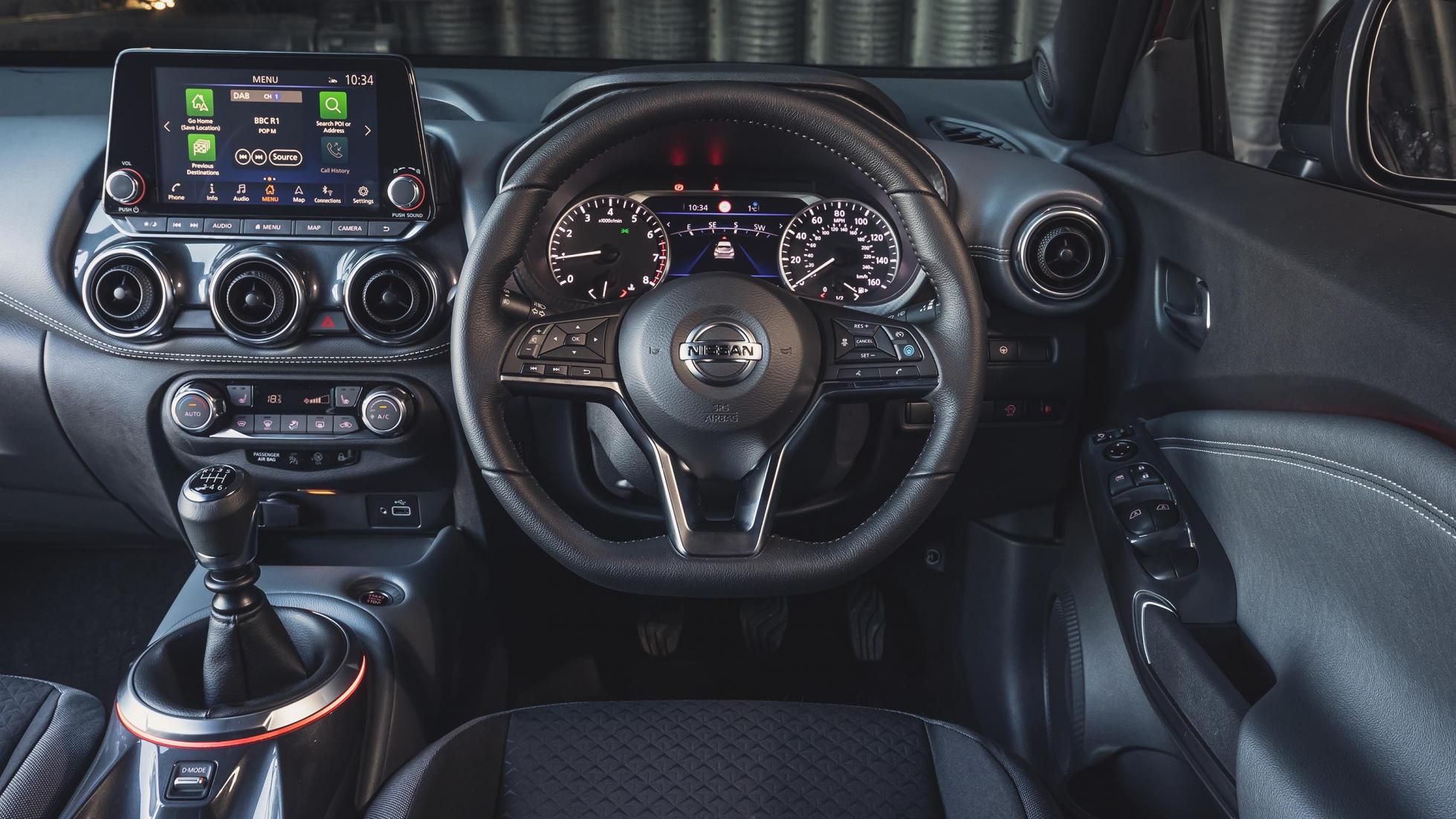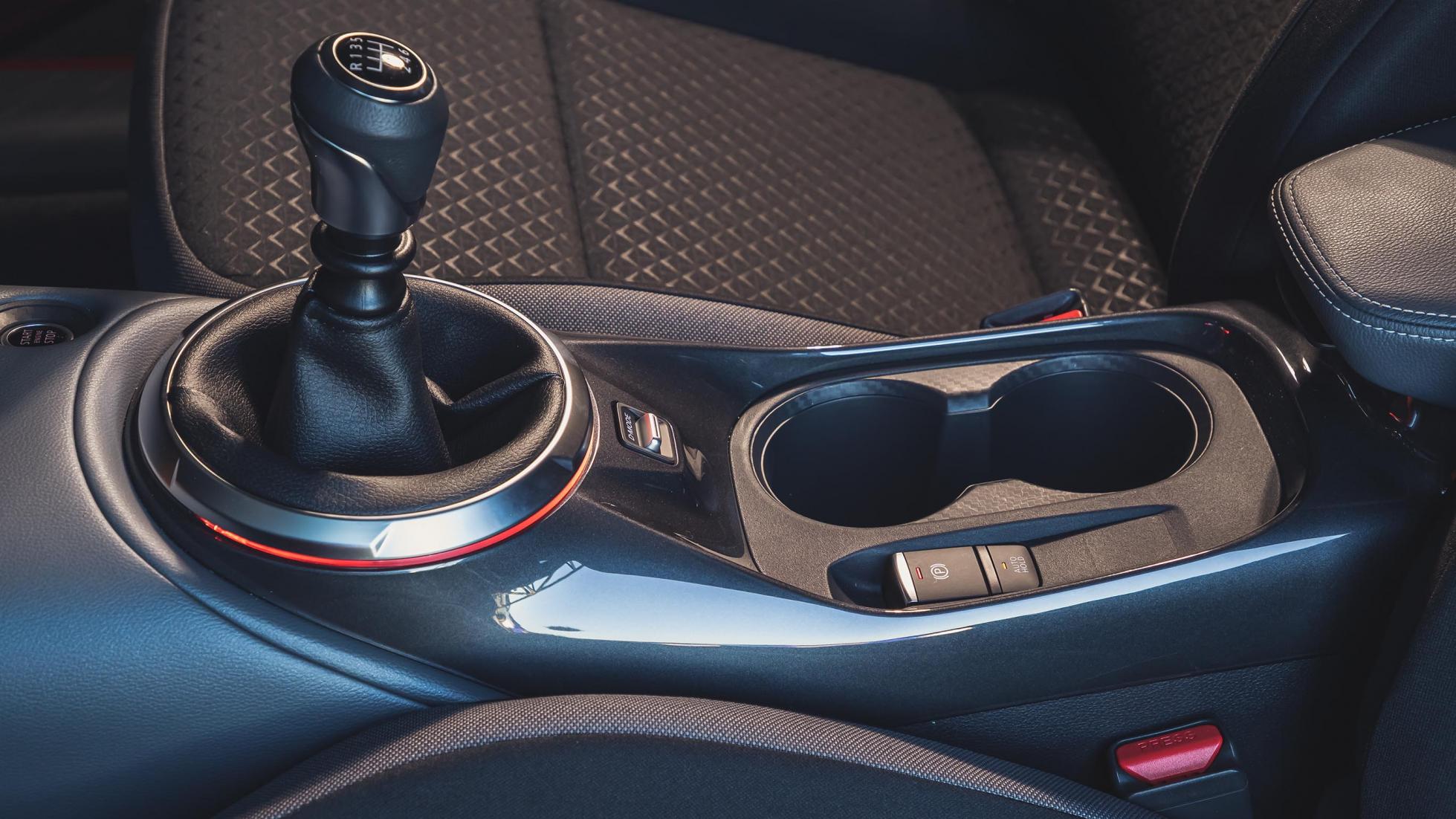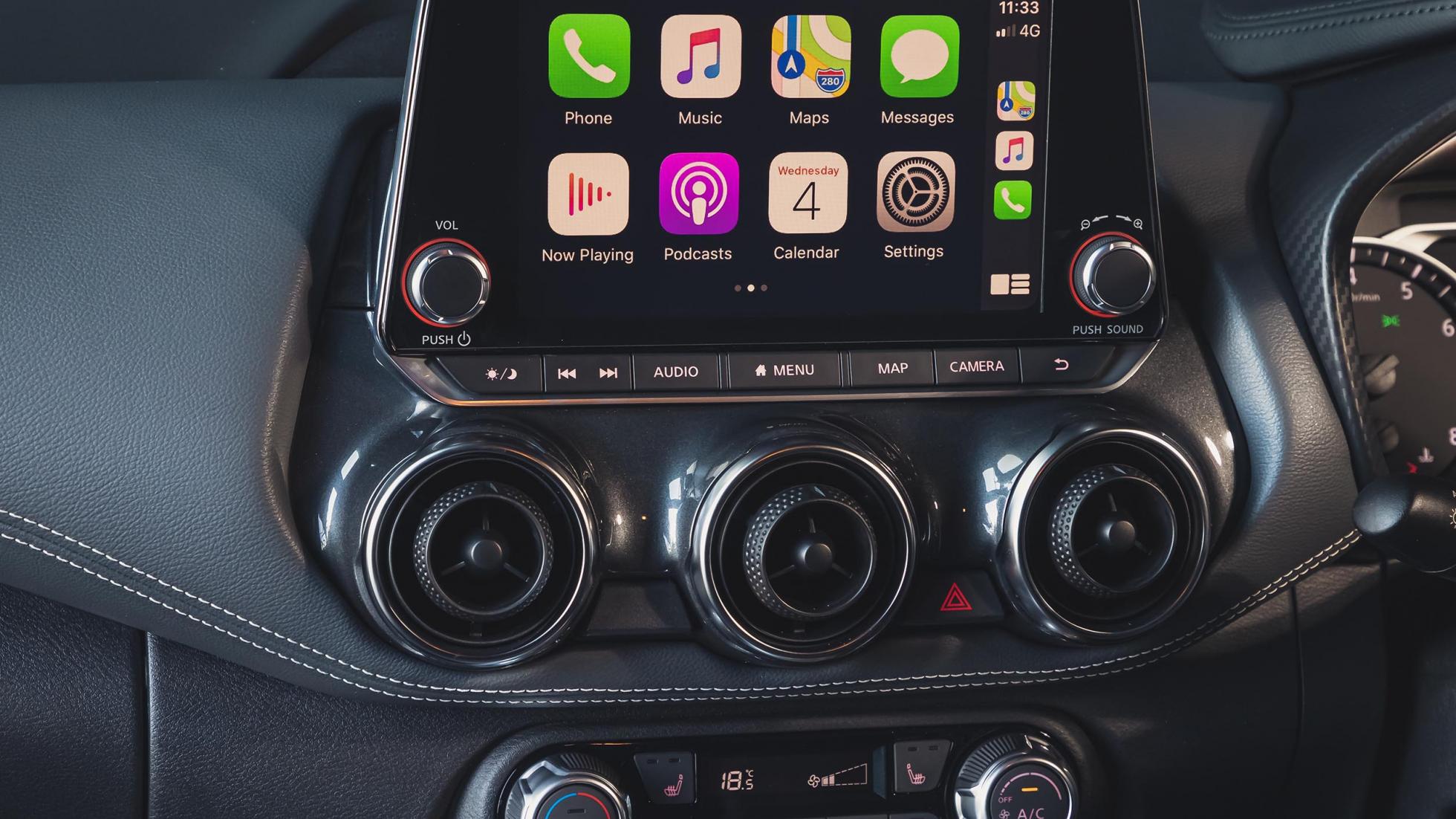Nissan Juke 1.0 DIG-T Tekna+ review: less ugly, more fun

Argh, a Nissan Juke, think of the children! Wait, it’s… actually not that bad
Not fugly, is it? The squinty LED running lights and upside-your-head headlights will still clash with some village green sensibilities, but in the metal – and there’s a fair bit more metal this time around – the new Juke looks smart. It’s got a squatter, more purposeful stance, and the detailing is less… weird. No wine-rack front grille this time. The face is more Imperial Storm-Trooper than robotic praying mantis. The pumped-out arches are muscular, not Micra-in-fancy dress.
Put it this way: you still might think this is a hideous car, and fair enough. But, Nissan has tried WAY harder with the looks of this thing than, say, a Seat Arona has. Or a Skoda Kamiq. Or Ford Puma. Or Kia Stonic. Or Fiat 500X.
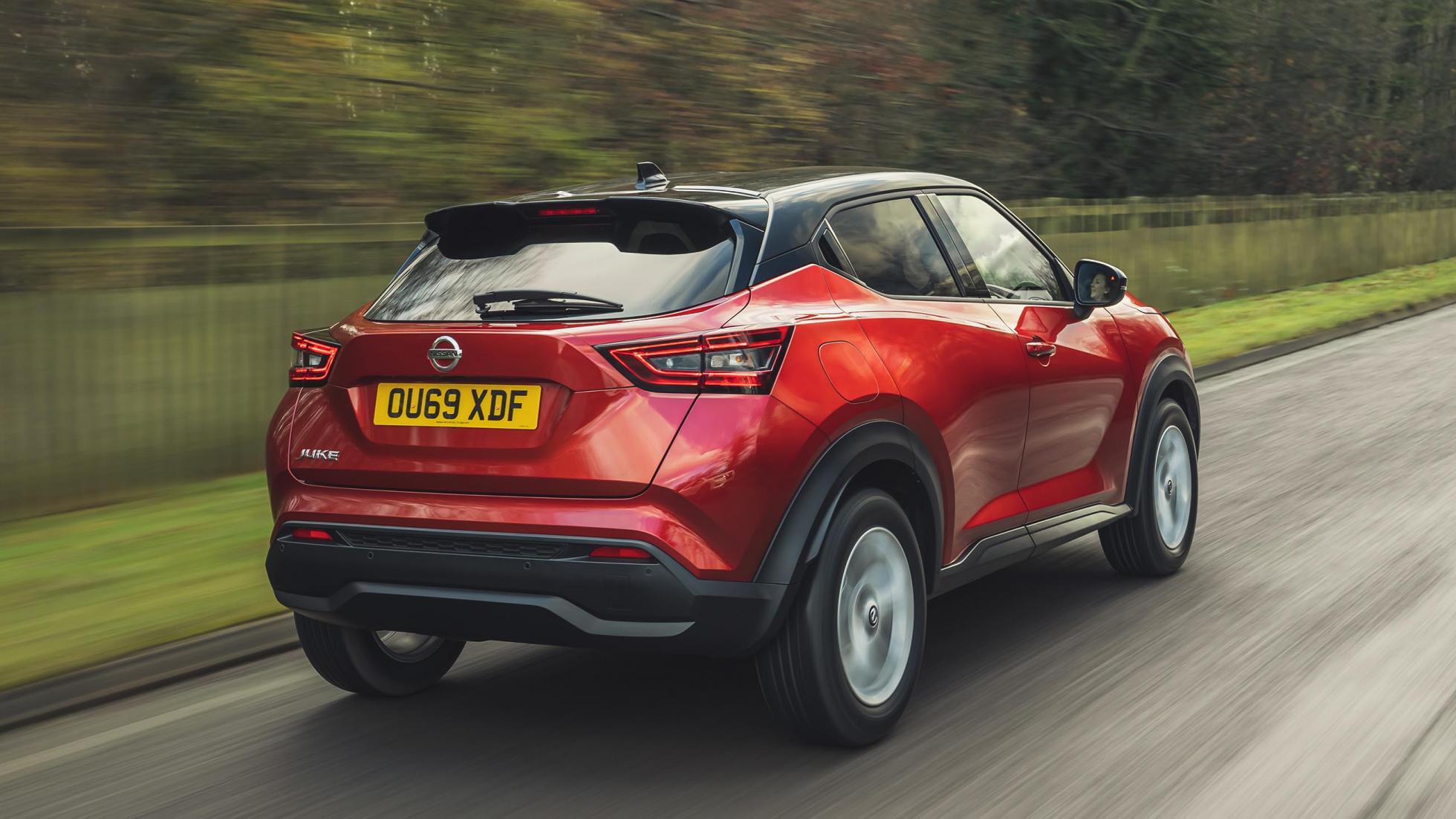
That’s a lot of rivals.
There are 24 of them, Nissan reckons. Twenty-four other smaller trendy crossovers squabbling over the same young families about town with £17k+ burning a hole through their contactless cards.
When the Juke first gurned onto the scene in 2010, there was one rival. Which, so far as I can work out, was the Mitsubishi ASX. So, that’s no rivals then.
You said more metal?
Despite weighing in 23kg lighter, Juke 2 is 13mm taller, 29mm wider, 75mm longer. Keep an eye out for bigger parking spaces if you’re upgrading. The bloat’s arrived to at last uncork some space – sitting inside the old Juke was like being buried alive in a recycling plant. Cramped and very plasticky.
The new Juke’s wheelbase has grown a whopping 105mm, and the upshot of that means there’s too much kneeroom. Seriously, there’s only 1cm space in the back less than in the Qashqai. Expect the next one to grow in kind.
The boot’s now 20 per cent bigger than before, and because the shutline no longer loops around bulbous rear lights, the opening is wider. Slowly but surely, Nissan is ticking off the to-do list from the old Juke. It’s now less of an eyeful to more people, and more spacious for those aboard.
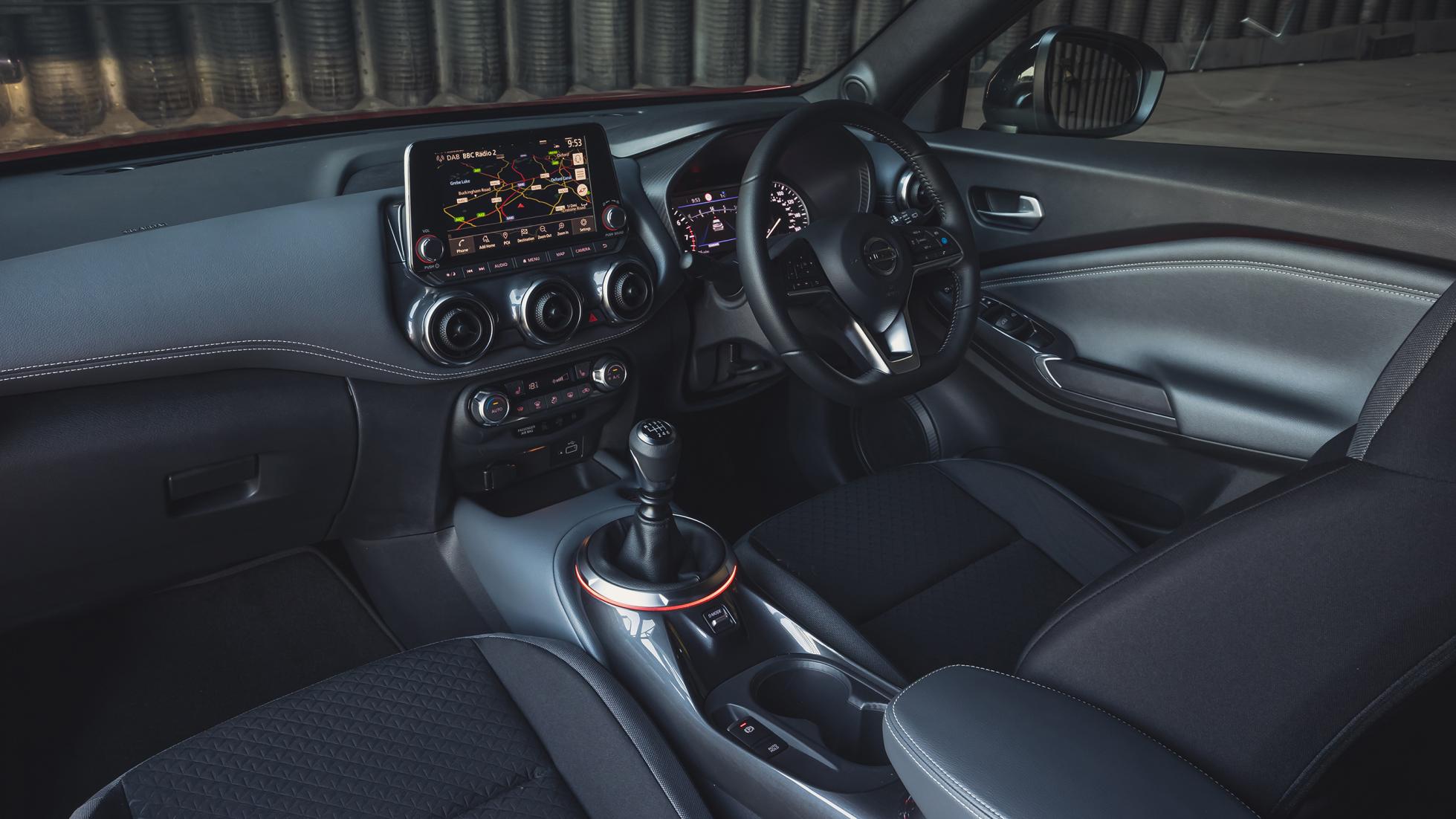
About time they set about the dashboard then…
Ferrari influence, anyone? Look at that triplet-set of circular vents. Very supercar-esque. The rest of the Juke’s cabin has grown up massively, though. The touchscreen is bigger and has vaulted up onto the top of the dash, better for your eyeline and opening up more space for vents and buttons below. The heater controls are more tactile, the dials are clearer and there’s a very useful digi-screen in-between. There’s a good slug of stowage for smartphones and sweeties. The plastic bits are much less offensive in gloss black than in the lighter, almost glittery grey.
In fact, it’s so sensible it’s worth considering the lairy orange leather-ish trim inside. It massively boosts the perceived quality and pumps the ambience. Otherwise, compared to that bodywork, the cockpit is a bit dour. It’s like meeting a comedian after they come off stage and discovering they’d prefer to discuss local politics.
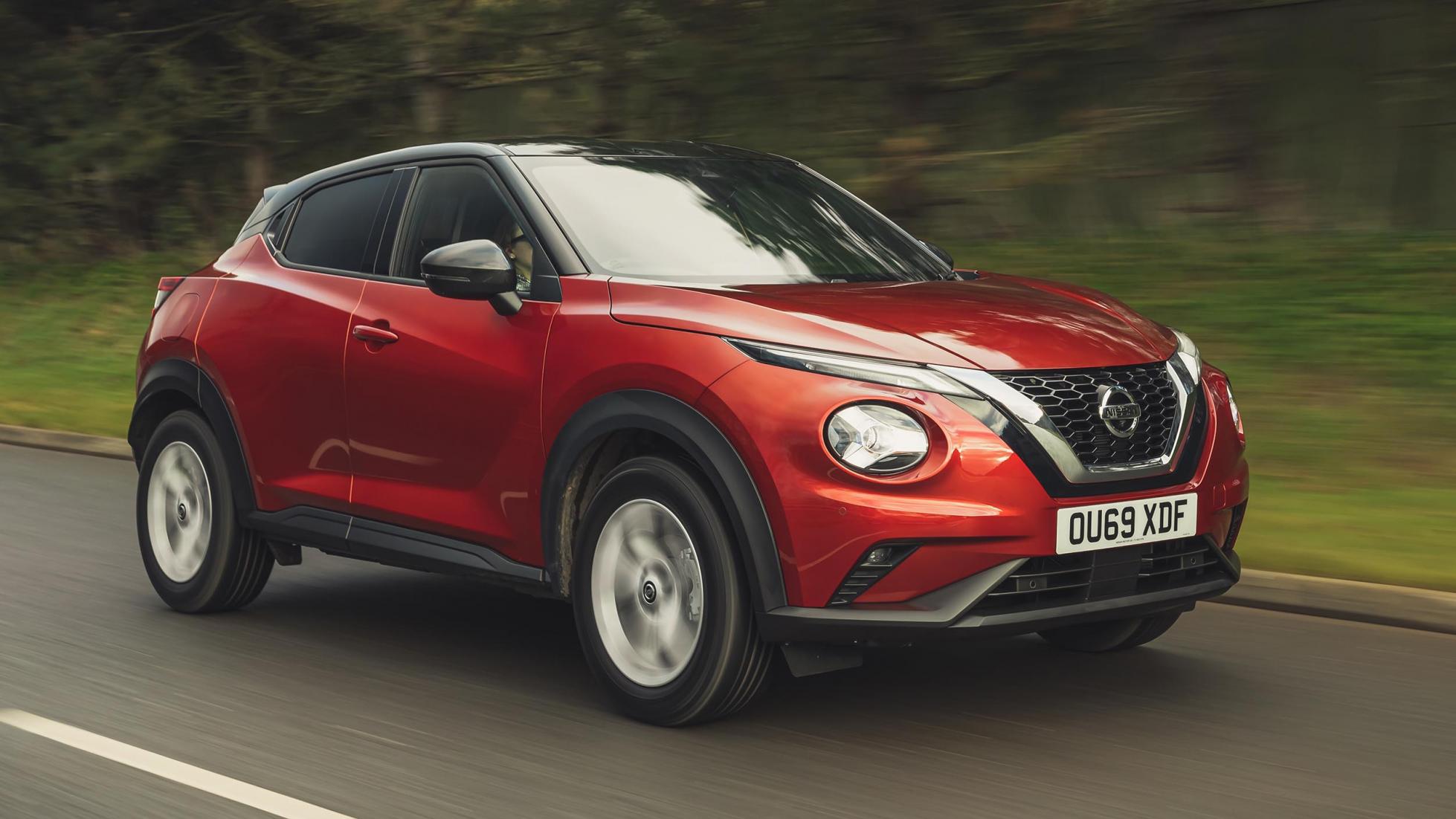
Are you avoiding talking about how it drives because it’s rubbish?
No, just prioritising the interior and the space because that’s really where the Juke needed to get its act together. The old one was decent in the bends though the pay-off for that was a firm ride and shoddy refinement. This one’s miles better across the board – it doesn’t ride like one for a start. It’s firm, sure, like a Hyundai Kona, because Nissan’s still keen this is the sporty end of the spectrum. It’s sourced a new tyre that has as much grip as the old Juke Nismo RS’s rubber. The shell is stiffer.
Want squishy comfort? Go buy a Citroen C3 Aircross, which is basically a space-hopper with headlights. Or, don’t buy a tall crossover at all…
The 19-inch wheels of top-spec Tekna trim add some road roar, but on 17s – which come with top-selling N-Connecta trim – the Juke’s noticeably quieter than before and rides acceptably well for the class. It corners obediently and feels agile. Even a little mobile and playful if you’re really getting stuck into that choice roundabout on the way home. The manual gearbox is lightweight but satisfying.
Blimey, sounds beyond reproach.
Not so fast. Really. There’s only one engine – a one-litre turbo three-cylinder parping out 115bhp, and it’s just a tad weedy against almost 1,200kg of bluff crossover. Ally it with the seven-speed DCT gearbox – doing its best slurring impression of a CVT – and the Juke is rather lazy to respond. We’d go manual, and save £1,400 in the process.
Problem is, then we’d be without the full fleet of Nissan’s ProPilot driver aids. If there’s a lot of average speed cameras around your way, perhaps putting up with the narcoleptic auto is a sacrifice worth making.
So has the Juke done enough to beat its eleventy-million rivals?
It’s such a chocker-block class now – with so much mediocrity present – that it’s difficult for the Juke to land a knockout blow, but this is definitely a vast improvement on what went before (quite right too, since the old Juke was on sale for almost a decade) and it’s got a recognisable name on side.
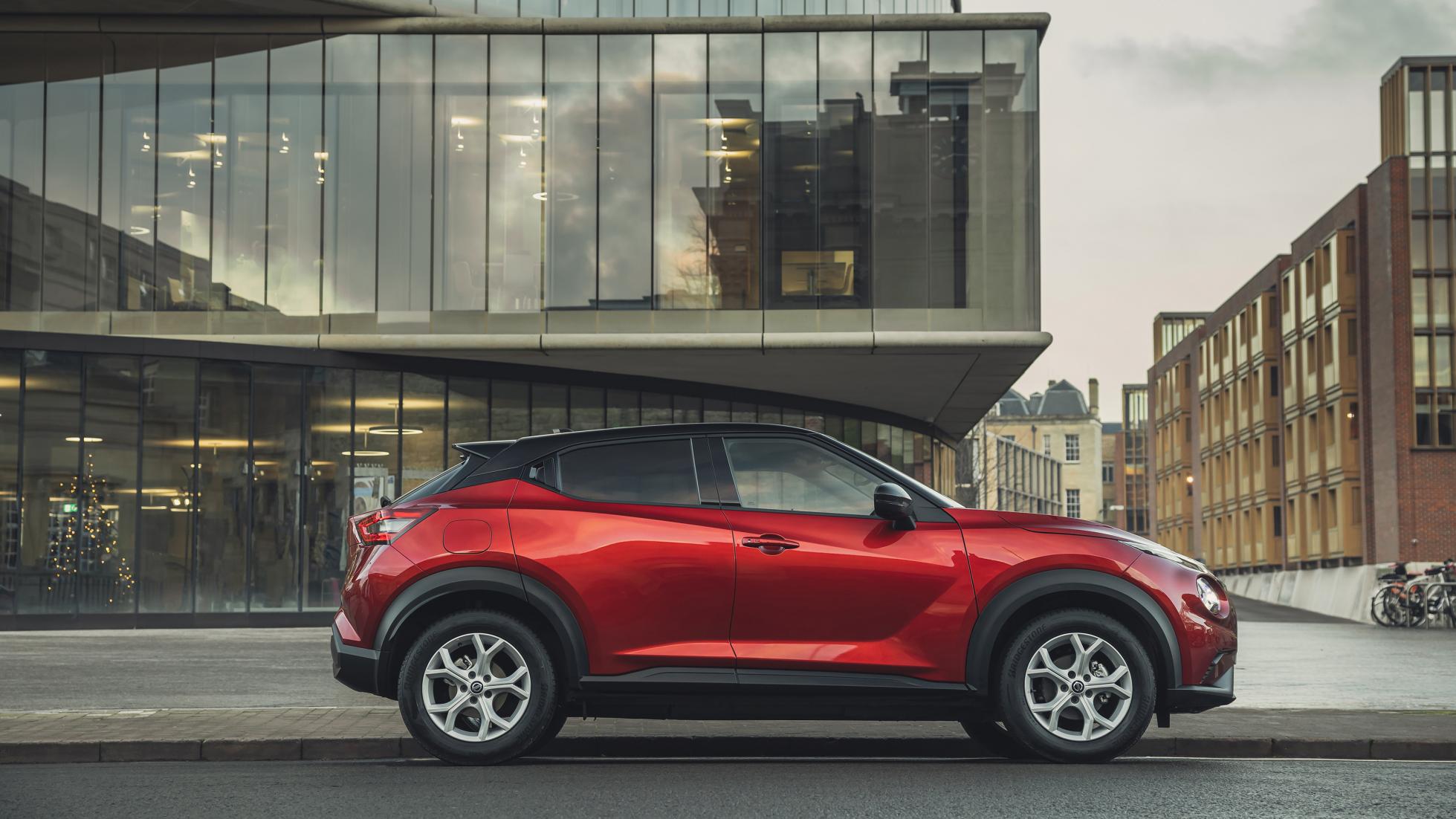
Add in that it’s UK-built (which massively helps the car’s carbon footprint for British buyers), and that its residual values have boomed from a lowly 37 per cent after three years to almost 50 per cent, and the leap in space and quality and yep, the Juke’s done enough. It used to be a car Top Gear loved to hate. Now it’s one that’s okay to like. Damn it.
Nissan Juke 1.0 DIG-T Tekna+
Score:7/10
Price: £25,295
999cc 3cyl turbo, 115bhp, 200Nm
0-100kph in 10.4sec, 180kph
6.2 litres/100km, 118g/km CO2
1,182kg







